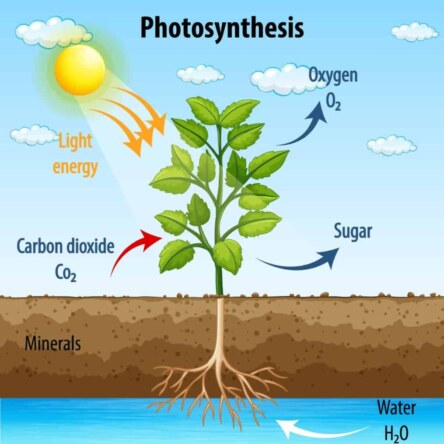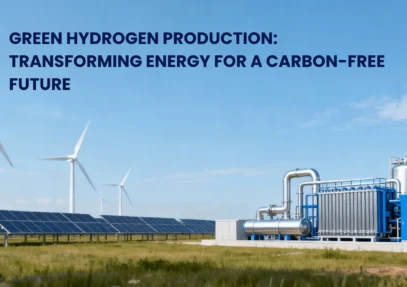A clock shows 6:00 AM. How many times will the minute hand and hour hand overlap between 6:00 AM and 12:00 PM?
Proof by Mathematical Induction: Base Case: Let \( n = 1 \) \[ 2^{2 \cdot 1} - 3 \cdot 1 - 1 = 2^2 - 3 - 1 = 4 - 3 - 1 = 0 \] \[ \Rightarrow 9 \mid 0 \quad \text{(True)} \] Inductive Hypothesis: Assume that for some \( n = k \), the expression is divisible by 9: \[ 2^{2k} - 3k - 1 \equiv 0 \pmod{9}Read more
Proof by Mathematical Induction:
Base Case: Let \( n = 1 \)
\[
2^{2 \cdot 1} – 3 \cdot 1 – 1 = 2^2 – 3 – 1 = 4 – 3 – 1 = 0
\]
\[
\Rightarrow 9 \mid 0 \quad \text{(True)}
\]
Inductive Hypothesis: Assume that for some \( n = k \), the expression is divisible by 9:
\[
2^{2k} – 3k – 1 \equiv 0 \pmod{9}
\]
That is,
\[
2^{2k} – 3k – 1 = 9m \quad \text{for some integer } m
\]
To Prove: \( 2^{2(k+1)} – 3(k+1) – 1 \) is also divisible by 9.
LHS:
\[
2^{2(k+1)} – 3(k+1) – 1 = 2^{2k + 2} – 3k – 3 – 1
\]
\[
= 4 \cdot 2^{2k} – 3k – 4
\]
Now subtract the inductive hypothesis:
\[
[4 \cdot 2^{2k} – 3k – 4] – [2^{2k} – 3k – 1] = 3 \cdot 2^{2k} – 3
\]
\[
= 3(2^{2k} – 1)
\]
Now, observe that \( 2^{2k} \equiv 1 \pmod{3} \), so \( 2^{2k} – 1 \equiv 0 \pmod{3} \)
Hence, \( 3(2^{2k} – 1) \equiv 0 \pmod{9} \)
Therefore, the expression for \( n = k+1 \) is also divisible by 9.
Conclusion:
\[
\boxed{2^{2n} – 3n – 1 \text{ is divisible by } 9 \text{ for all } n \geq 1}
\]









11 times
11 times
See less